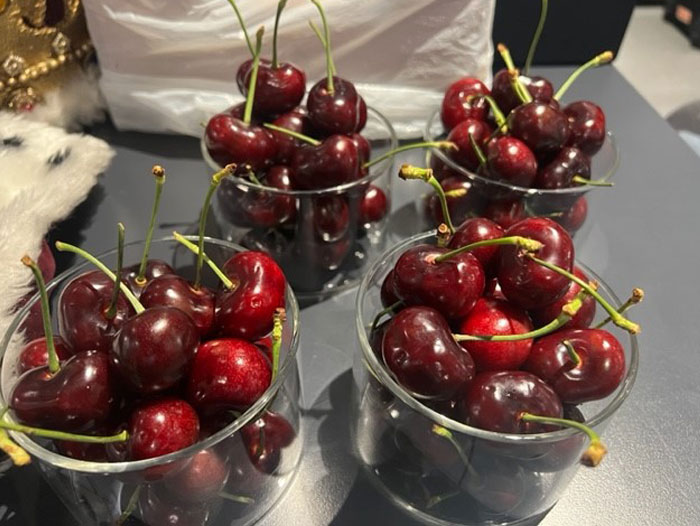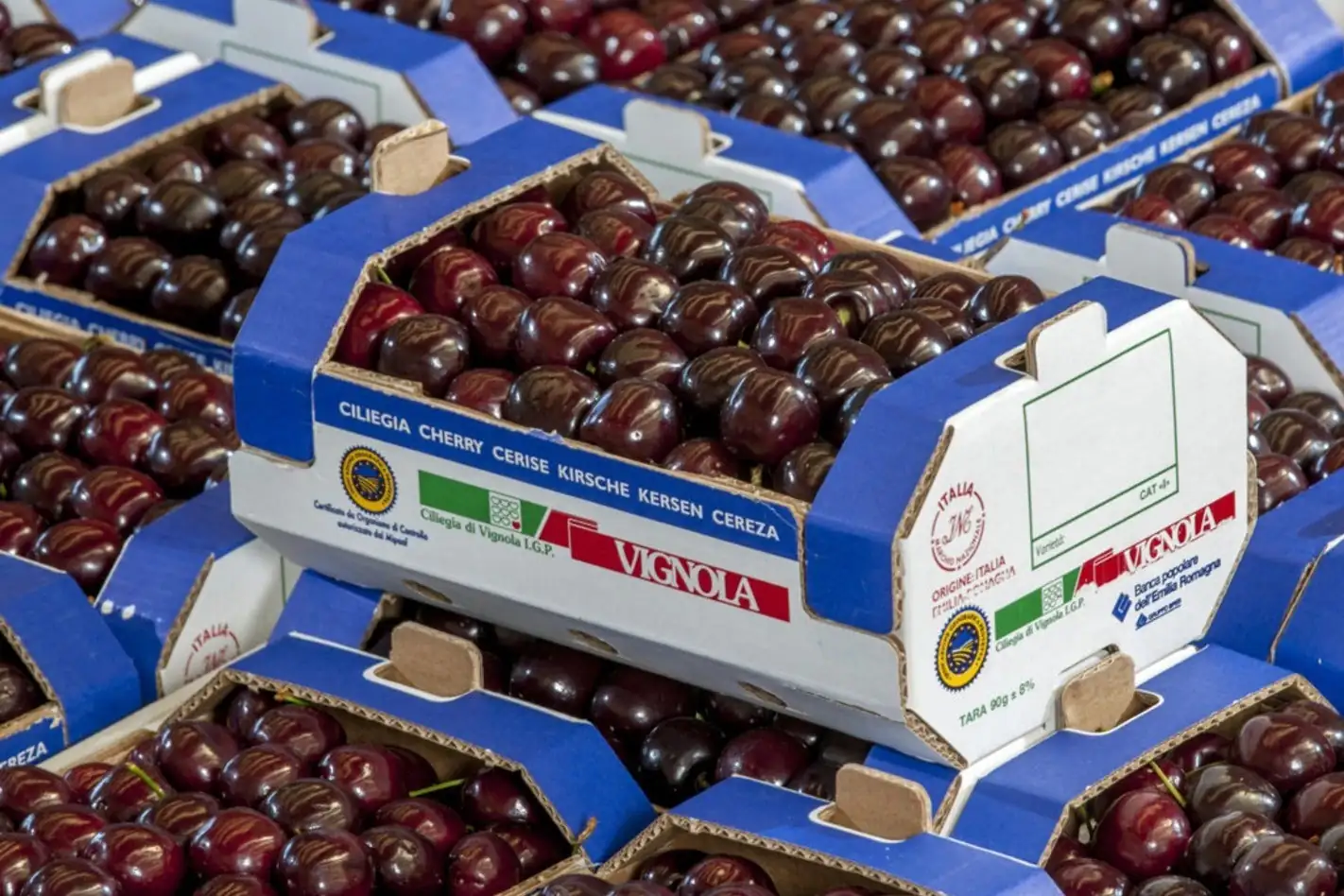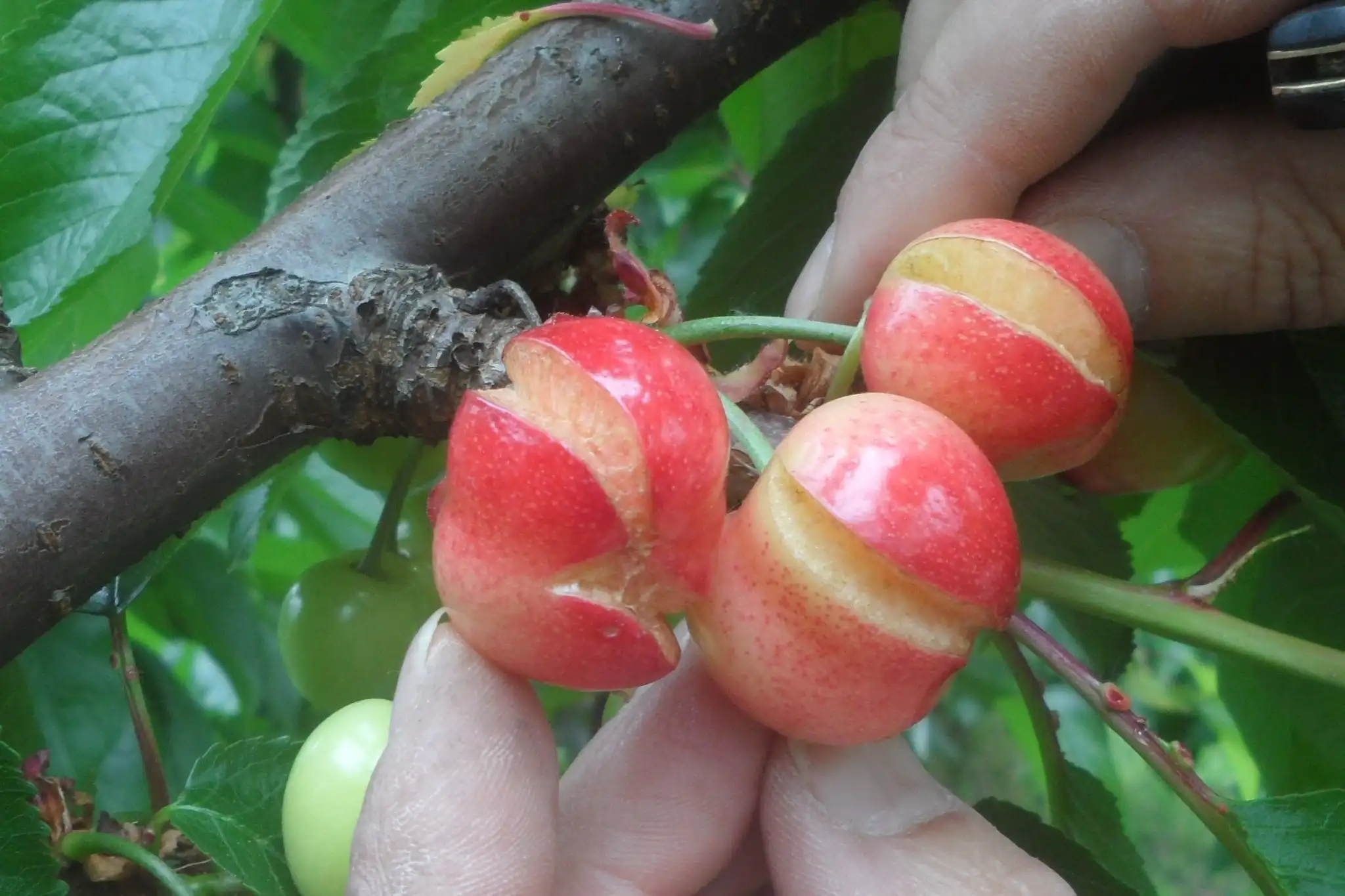An international plant breeding company has introduced new cherry varieties designed to withstand the difficult heat and drought conditions typical of inland regions of Australia. These developments come as cherry producers in the outback explore alternative varieties to adapt their crops to climate change. The new varieties, which could start bearing fruit as early as next year, aim to extend the cherry season.
Given the “high-risk, high-reward” nature of cherry cultivation, the introduction of these new varieties offers a significant advantage in addressing the negative effects of climate change. Since over 80% of the national cherry production is consumed in Australia, it is essential to meet domestic demand.
The low-temperature varieties introduced by Bloom Fresh, an international breeding company, are now being planted to ensure the supply chain for both the Australian market and exports.
The technical manager of Bloom Fresh for Australia and New Zealand, Arisa Hayashi, emphasized that these new varieties are particularly suited for areas like the Riverland of South Australia and the Sunraysia region in Victoria. Unlike traditional cherry varieties, which require 800-1,000 hours of chilling, these new cherries require less than half that, making them ideal for warmer climates.
 Image 1: Cheery Nebula.
Image 1: Cheery Nebula.
The introduction of the Cheery Cupid and Cheery Nebula varieties involves a licensing fee for growers, who contribute to a research and development fund, providing them with ongoing support from the company. This model aims to promote a collaborative approach to improving cherry production amidst climate challenges.
As the local cherry season runs from October to February, these new varieties could also find a place in southern Queensland, expanding the geographic range of cherry cultivation in Australia. The largest cherry producer in South Australia, Tony Hannaford, is already experimenting with these varieties, hoping to produce more reliable and flavorful cherries in the future.
Source: Freshplaza
Images: IFG; Perishable News
Cherry Times - All rights reserved











